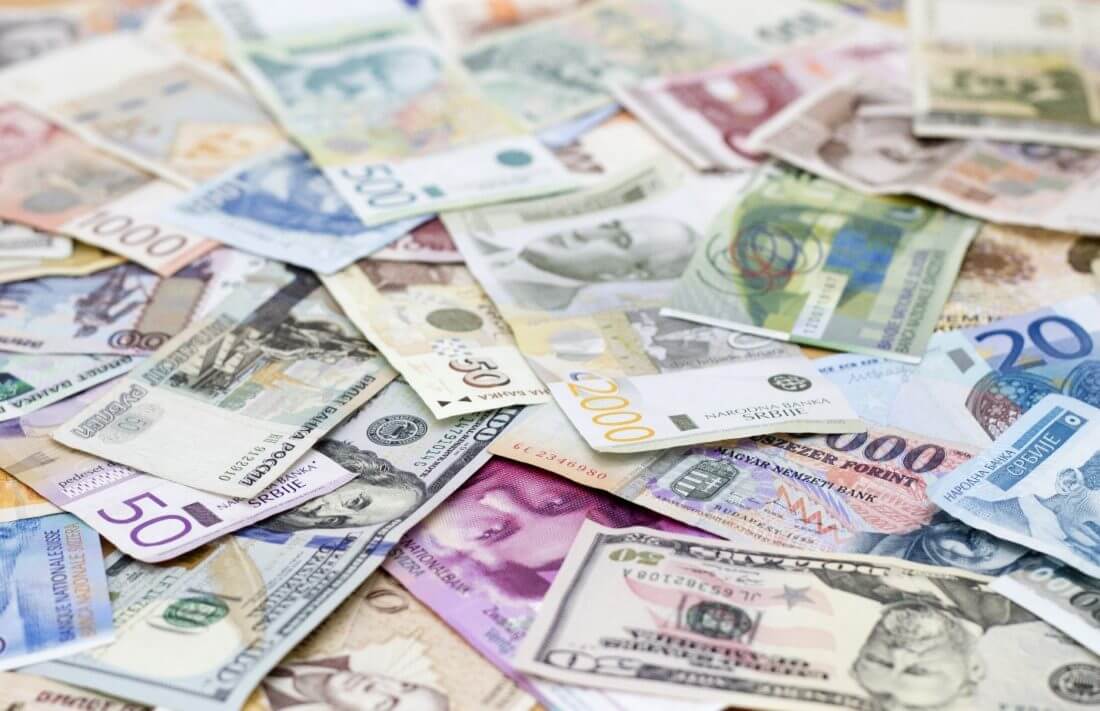The U.S. dollar remained steady on Friday after gaining a modest amount during the previous session thanks to fresh calls for early tapering from a few hawkish Fed policymakers. However, today traders awaited a highly anticipated speech by Federal Reserve Chair Jerome Powell scheduled later in the day.
According to the analysts, a dovish tone from Powell could counter concerns about economic damage from the Delta Covid-19 variant, along with fears about the political fallout from a bomb attack in Kabul. As a result, it could possibly boost riskier currencies against the greenback.
On Friday, the dollar index traded at 93.030, climbing up from Thursday’s low of 92.807. Meanwhile, the euro exchanged hands at $1.1755 after tumbling down from the previous day’s high of $1.1779.
The British Pound also plummeted down to $1.3695 during the last session. Against the safe-haven Japanese yen, the greenback declined slightly to 109.98 yen.
What is the Fed official’s stance about interest rates?
Robert Kaplan, Dallas Federal Reserve President, noted that he expects the agency to start raising interest rates next year. Analysts took his comment as more hawkish than last week when Kaplan appeared nervous about the potential impact of the Delta covid variant’s rapid spread on the economic recovery.
Two other regional Fed chiefs, St. Louis Federal Reserve President James Bullard and Kansas City Fed President Esther George, also downplayed the impact of the Delta covid variant in separate interviews. Moreover, Bullard repeated his call for the agency to start trimming its $120 billion in monthly bond purchases soon.
Despite Fed officials’ statements, many investors think that Powell will strike a more dovish tone in his speech later today in the Kansas City Fed’s central banking symposium. The event typically takes place in Jackson Hole, Wyoming. However, it is being held virtually for the second consecutive year due to the pandemic. Fed policymakers often use this conference to provide guidance on future policy.
Candice Bangsund, the portfolio manager at Fiera Capital in Montreal, Canada, noted that while Fed Chair Powell will likely lay the groundwork for an eventual taper, he will probably err on the side of caution and patience this week, considering that the macroeconomic landscape has deteriorated significantly since the July policy gathering.
The rough consensus in the Forex market is that Fed Chair will probably announce tapering in the fourth quarter. Some experts even claim that he already gave a clear hint about it at one meeting before the actual announcement.
Kyosuke Suzuki, the president of the financial algotech company at Ryobi Systems, stated that there is no merit in specifying the exact timing for tapering today for Powell. If he doesn’t give investors a clear hint, the stock markets will remain mildly positive.
How will the riskier currencies fare in that scenario?
Suzuki thinks that Risk-sensitive currencies will likely gain while the Japanese yen is likely to weaken in that case.
Traders were cautious after a suicide bomb attack in Kabul airport. The attack killed 13 U.S. troops, 28 Taliban members, and many civilians. Concerns about the incident further supported the dollar. Islamic State, which is an enemy of both the West and the Taliban, claimed responsibility.
The terrorist carried out the attack as U.S. forces raced to complete their withdrawal from Afghanistan by August 31. President Joe Biden set that date as the deadline.
Toshiya Nakamura, the chief manager of forex at Mitsubishi UFJ Trust Bank, noted that some officials are concerned that events in Afghanistan could erode public approval of the Biden Administration. In addition, the potential geopolitical instability that U.S. withdrawal created would be another source of anxiety.
What about the Australian and New Zealand dollars?

In Asia, the Australian dollar exchanged hands at $0.7243 on Friday. The currency changed slightly after data showed Australian retail sales plummeted down in July due to the rapid spread of the Delta variant.
Meanwhile, the New Zealand dollar tumbled down after Prime Minister Jacinda Ardern issued the new lockdown in Auckland, the country’s biggest city. According to Ardern, the lockdown will likely remain in place for another two weeks. The kiwi last traded lower by 0.1% at $0.6939.
Chinese Yuan also declined during today’s session
The Chinese yuan dropped on Friday against the U.S. dollar. Investors are expecting that China’s central bank to loosen its monetary policy as the economy slows down. At the same time, they believe that the U.S. central bank will begin tapering its stimulus.
The People’s Bank of China set a weaker midpoint rate recently. Consequently, the spot yuan began trading at 6.4860 per dollar today. It was exchanging hands at 6.4832 at midday.
Bank of America announced that it expects the yuan to decline to 6.60 per dollar by the end of this year. The bank thinks that, among other reasons, slowing Chinese exports could also weaken the yuan.
China’s GDP growth will likely drop significantly in the coming months, driven by the latest wave of coronavirus, along with slowing exports and property tightening – noted Ting Lu, Chief China Economist at Nomura.










